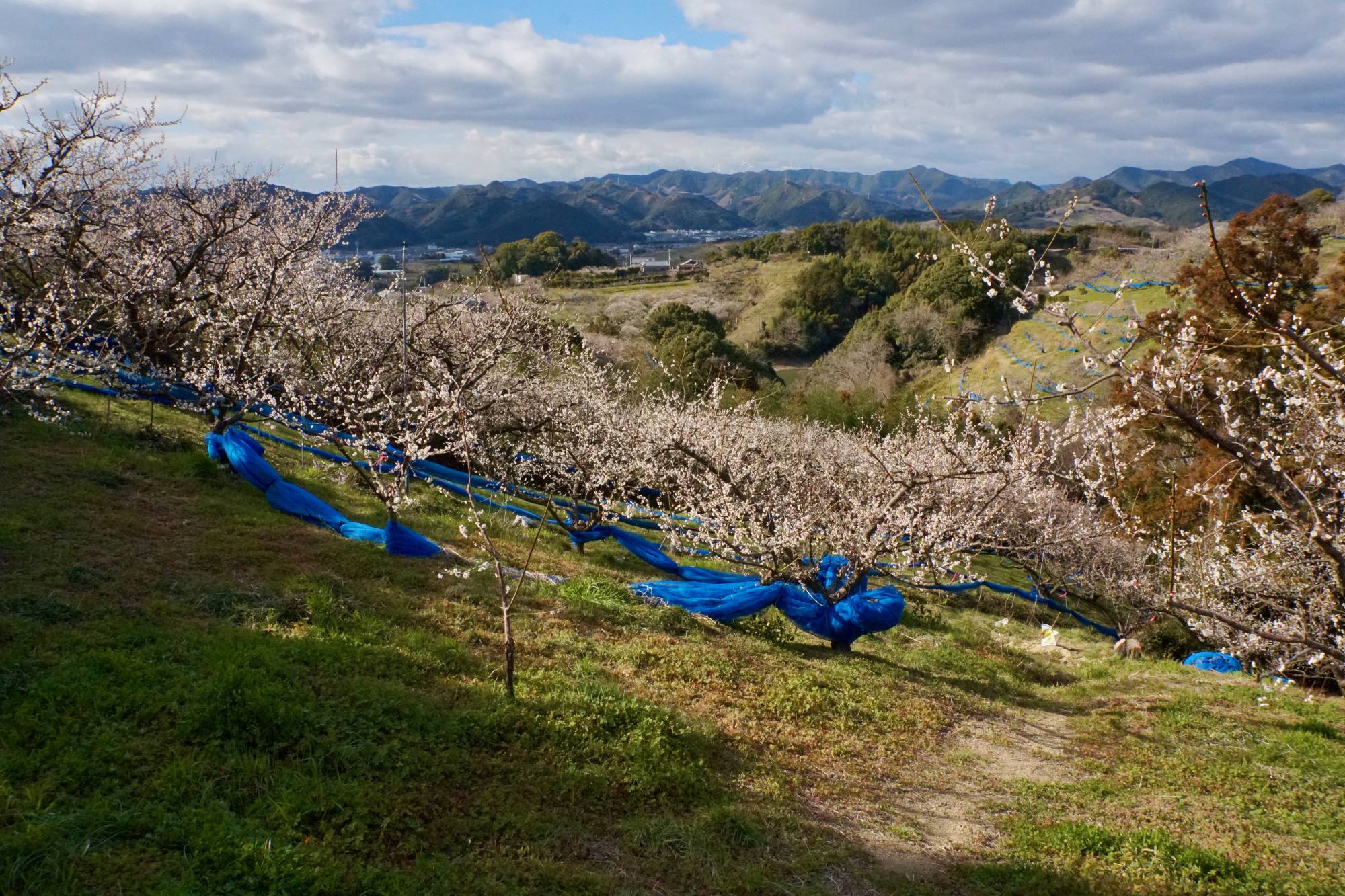The walk up the hill of the Minabe Bairin ume orchards in Minabe, Wakayama Prefecture, is steep and winding, but the effort is worth the spectacular view, especially for those visiting in February: thousands of ume trees — whose fruit is often called a plum but is more closely related to an apricot — are in bloom.
Across rolling hills covered in a soft carpet of pink petals, ume orchards alternate with patches of forest. The town of Minabe is visible at the bottom of the valley and, beyond it, the sea glistens brightly.
The serenity of the view contrasts with the hustle and bustle taking place on the hill. Hundreds of people are getting into position for the mochi throw, a local tradition where rice cakes are tossed into a crowd for good luck.


















With your current subscription plan you can comment on stories. However, before writing your first comment, please create a display name in the Profile section of your subscriber account page.